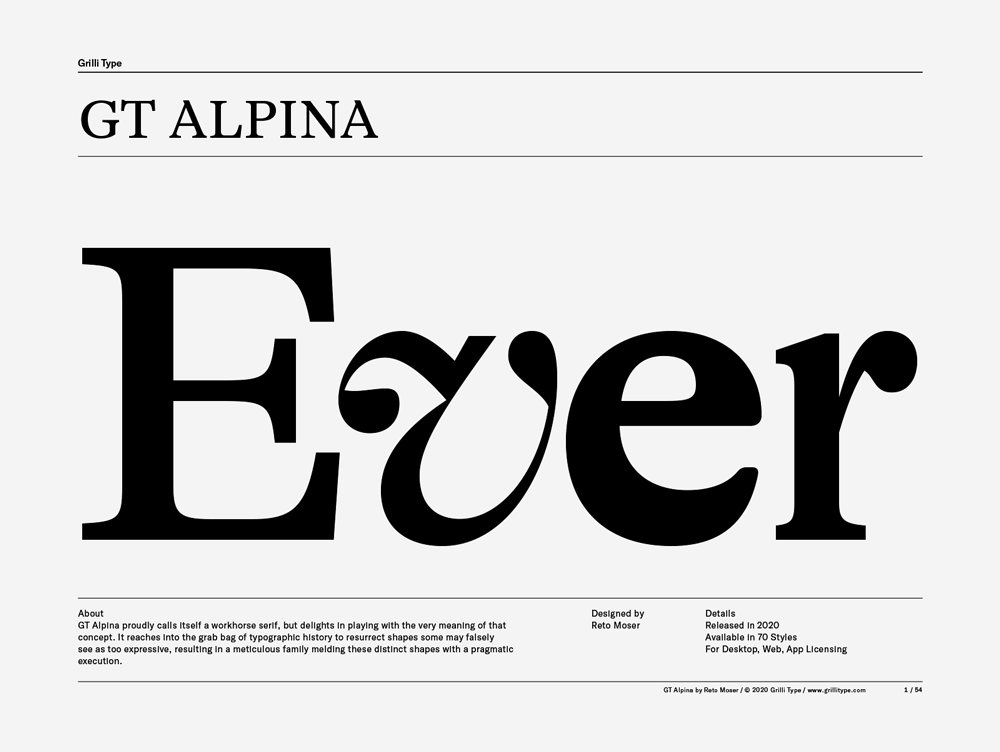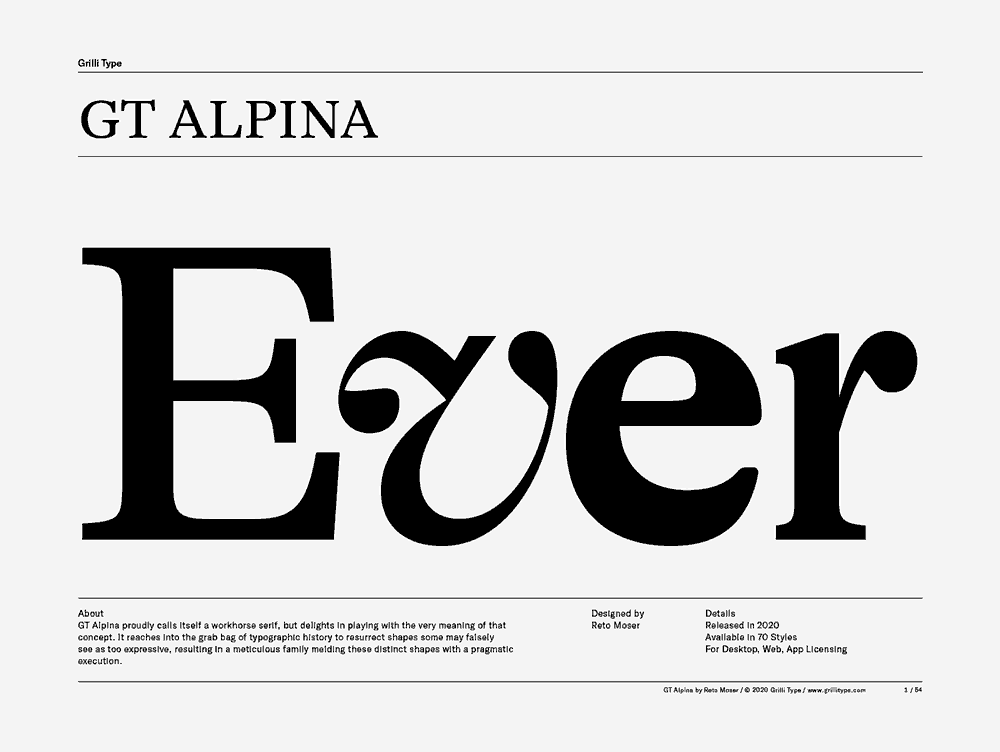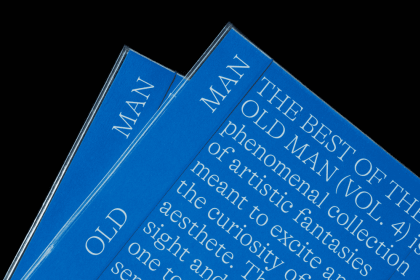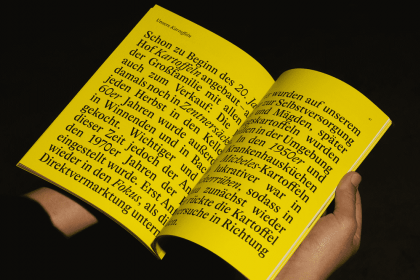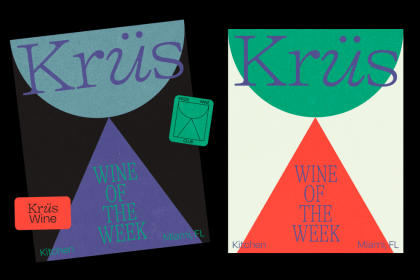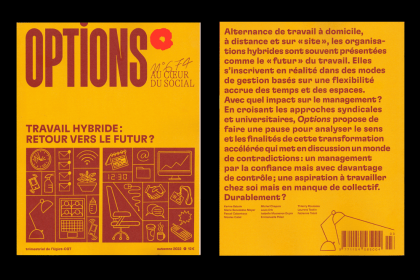GT Alpina
Family overview
- Condensed
- Thin Italic
- Light Italic
- Regular Italic
- Medium Italic
- Bold Italic
- Standard
- Thin Italic
- Light Italic
- Regular Italic
- Medium Italic
- Bold Italic
- Extended
- Thin Italic
- Light Italic
- Regular Italic
- Medium Italic
- Bold Italic
- Fine Condensed
- Thin Italic
- Light Italic
- Regular Italic
- Medium Italic
- Bold Italic
- Fine Standard
- Thin Italic
- Light Italic
- Regular Italic
- Medium Italic
- Bold Italic
- Fine Extended
- Thin Italic
- Light Italic
- Regular Italic
- Medium Italic
- Bold Italic
- Typewriter
- Thin Italic
- Light Italic
- Regular Italic
- Medium Italic
- Bold Italic
Subfamilies
- Standard Thin1:50.000 Since 1994, routes are coloured on these maps. It is marketed as for hikers, Alpinists, cyclists, planners, tourists and explorers.
- Standard Thin ItalicIn 1856 Andrew Waugh announced Everest (then known as Peak XV) as 8,840 m (29,002 ft) high
- Standard LightThe summit was first reached on August 3, 1811, by the Meyer brothers of Aarau and two chamois hunters from Valais.
- Standard Light ItalicThe most notable feature of the Eiger is its 1,800-metre-high north face of rock and ice, named Eiger-Nordwand, which is the biggest north face in the Alps.
- Standard RegularJass, first mentioned in Switzerland in 1796, was originally the name of the highest trump, the Jack.
- Standard Regular ItalicIn its most important stretch, over a length of four kilometers it climbs a height of 300 meters in 24 hairpin bends.
- Standard MediumThe route starts from the Tschierva Hut (2,584 m (8,478 ft) in Val Roseg, accessible from Pontresina.
- Standard Medium ItalicRoch was born near Geneva, Switzerland in 1906, the son of an academic physician who would later become the president of the University of Geneva.
- Standard BoldOn 18 May 1956, Reiss and Luchsinger successfully climbed the 8,516-metre (27,940 ft) Lhotse, the fourth highest mountain on earth.
- Standard Bold ItalicIn the middle of the great curve of the Himalayan mountains lie the 8,000 m (26,000 ft) peaks of Dhaulagiri and Annapurna in Nepal, separated by the Kali Gandaki Gorge.
- Settings
Typeface information
GT Alpina proudly calls itself a workhorse serif, but delights in playing with the very meaning of that concept. It reaches into the grab bag of typographic history to resurrect shapes some may falsely see as too expressive, resulting in a meticulous family melding these distinct shapes with a pragmatic execution.
Typeface features
OpenType features enable smart typography. You can use these features in most Desktop applications, on the web, and in your mobile apps. Each typeface contains different features. Below are the most important features included in GT Alpina’s fonts:
- SS01
- Alternate J
Jungfrau
- SS02
- Alternate ?
¿Ascensión?
- SS03
- Alternate &
Piz & Palü
- SS04
- Alternate @
M@terhorn
- ONUM
- Oldstyle Figures
0123456789
- SMCP
- Small Caps
Greina Pass
Typeface Minisite
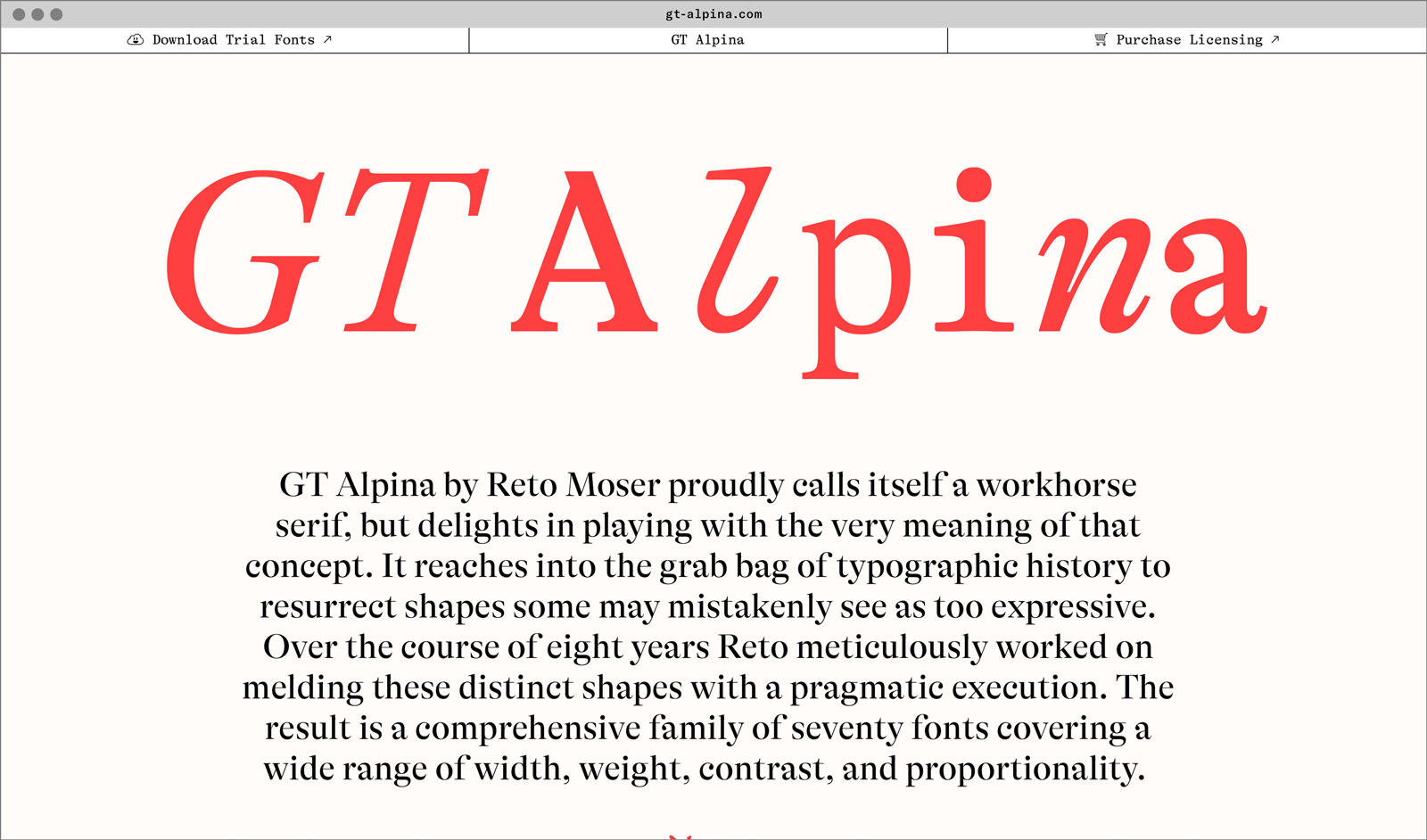
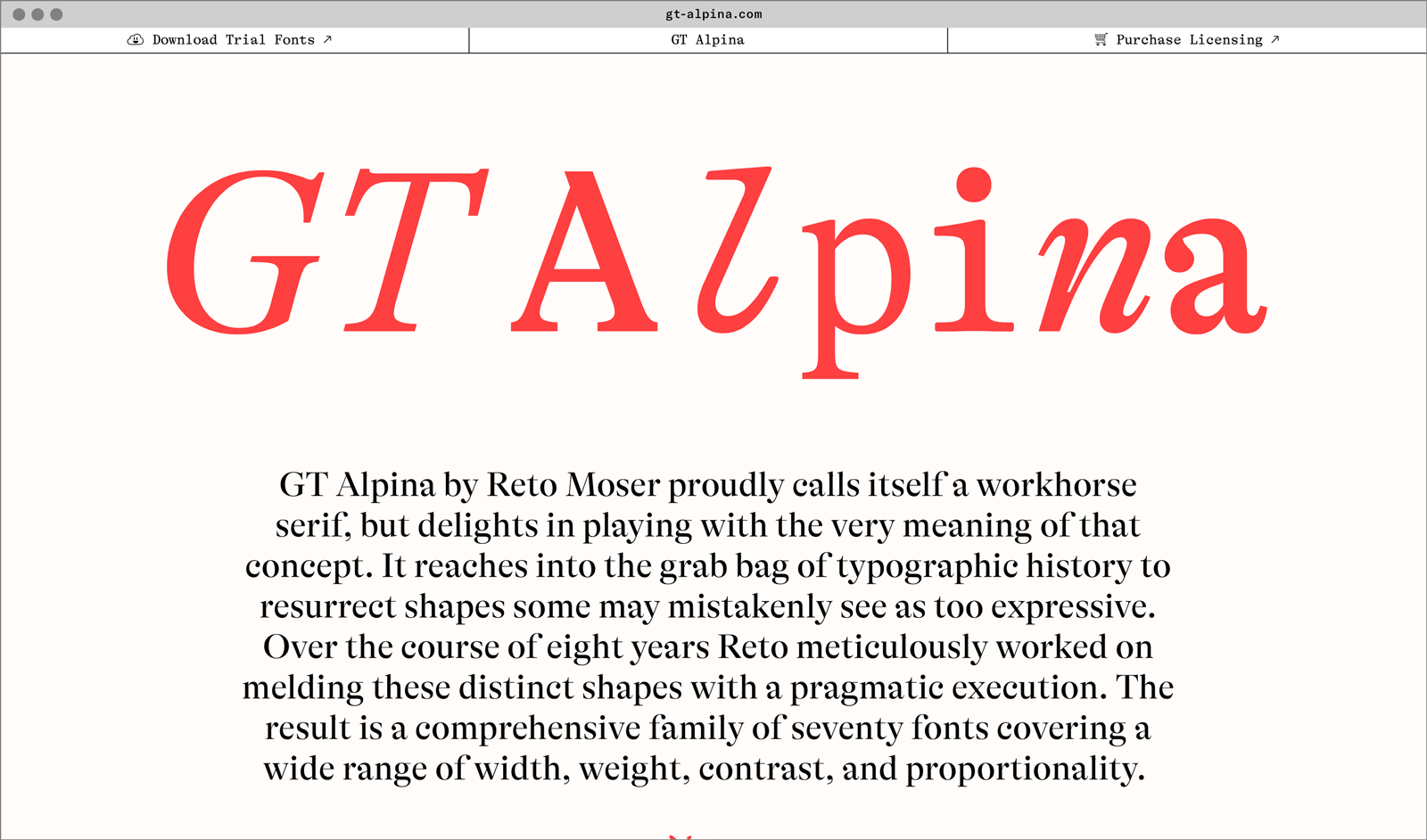
- Visit the GT Alpina minisite to discover more about the typeface family’s history and design concept.
GT Alpina in use
